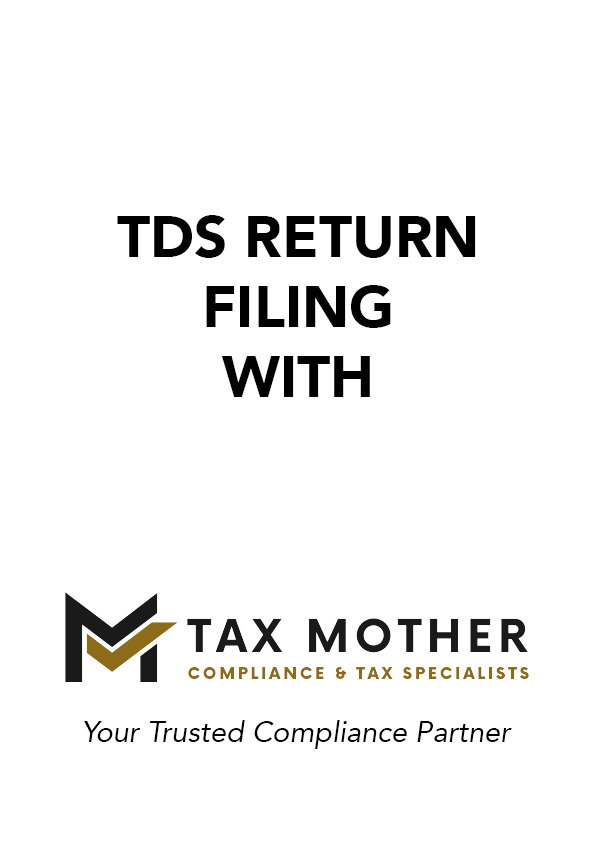TDS return filing is an essential process for businesses and individuals responsible for deducting tax at source. It involves submitting a quarterly statement to the Income Tax Department, providing details of the tax deducted and deposited. This article aims to explain the significance of TDS return filing and provide a step-by-step guide for accurate compliance.
Tax Deducted at Source (TDS) is a system wherein the government collects taxes at the time of transaction. It requires the deductor to deduct a portion of the tax from the payment and deposit it with the Income Tax Department. TDS is applicable to various payments such as salaries, interest, dividends, and more, and typically ranges around 10% of the transaction amount.
TDS return filing is the process of submitting a quarterly statement to the Income Tax Department, providing details of the tax deducted and deposited. It is mandatory for entities who deduct tax at source to comply with TDS regulations and submit accurate TDS returns within the specified timelines. Return filing can be done online through authorized portals.
TDS return filing has specific due dates for each quarter. The deadlines are as follows:
April 1 to June 30
Due date: July 31
July 1 to September 30
Due date: October 31
October 1 to December 31
Due date: January 31
January 1 to March 31
Due date: May 31
There are different types of TDS forms based on the nature of payments and deductees:
– Form 24Q: Quarterly statement for TDS from salaries
– Form 26Q: Quarterly statement of TDS for payments other than salaries
– Form 27Q: Quarterly statement of TDS for payments to non-residents
– Form 27EQ: Quarterly statement of tax collected at source
TDS Certificates:
After deducting TDS, the deductor must furnish TDS certificates to the deductees. These certificates serve as proof of tax deduction and enable deductees to claim tax credits accurately. TDS certificates are issued quarterly for payments other than salaries and annually for salary payments.
Non-compliance with TDS return provisions can lead to penalties. Late filing, incorrect information, or non-filing of TDS returns may result in penalties ranging from a minimum of INR 10,000 to a maximum of INR 1,00,000.
TDS return filing is a crucial aspect of tax compliance for entities responsible for deducting tax at source. By adhering to the prescribed return filing process, meeting the specified deadlines, and ensuring accurate reporting, businesses and individuals can avoid penalties and contribute to the transparency and effectiveness of the tax system. Utilizing reliable online platforms or consulting with tax experts can streamline the return filing process effectively and ensure compliance with TDS regulations.

